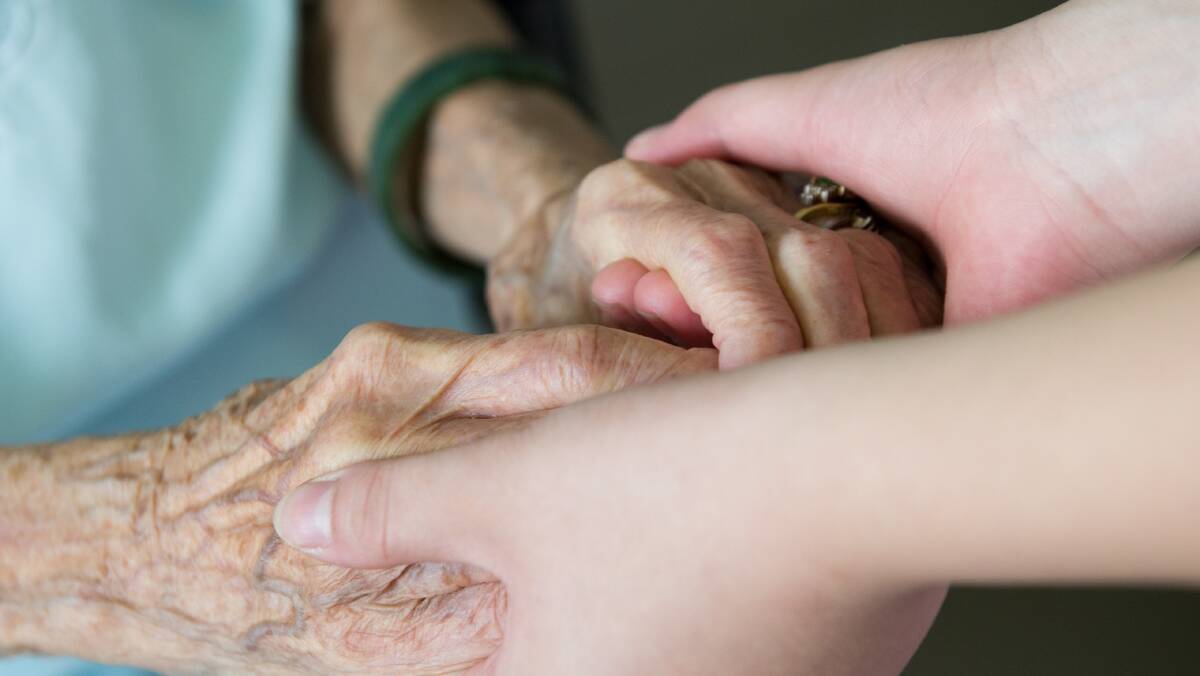
The aged care sector requires an additional $7 billion per year in federal funding - a 35 per cent increase - if it is to be fixed, a new Grattan Institute report argues.
Subscribe now for unlimited access.
or signup to continue reading
The report said the current aged care system was "a mess and is not fit for purpose" and "had let older Australians down".
Older Australians were forced to endure unacceptably long wait times for home care and poor-quality residential care due to a flawed model which was poorly funded, it said.
In 2018-19 the aged care sector supported 1.3 million older Australians and cost the government $20 billion.
READ MORE:
"Nothing will improve unless the federal government spends more on aged care," the report reads.
"We estimate our proposed changes will cost the government an additional $7 billion per year, a 35 per cent increase on current expenditure.
"Even more will be needed as the population continues to age."
The report sets out a new model which the authors argue should be introduced in three years from 2021, with a review in 2025.
Prior to this though, the authors said, the government should create a short-term $1 billion rescue fund to be used to immediately improve the worst performing residential care homes.
The report identified three critical changes which, if implemented, would improve the performance of the sector.
First, the report recommended older Australians should have universal access to care based off their needs.
The current classification system, which it said was too broad, should be abandoned and instead a person should have a support plan which documents their care needs. This would act as a contract to ensure appropriate funding is guaranteed to match those needs.
Nothing will improve unless the federal government spends more on aged care.
- Grattan Institute report
The report also recommended that oversight of aged care should be delegated to 30 regionally-based managers who would be responsible for care services in a set geographic area, rather than centralised management from Canberra with minimal local oversight.
Finally, it recommended the system needed to stop viewing older Australians as passive care recipients and instead increase independence through participation in social programs and more closely aligning aged care with health care.
Aged carers also required significantly greater support, the report found, which a national registration scheme could achieve to improve training and provide better pay.
In terms of funding these initiatives, the report notes there are flaws in each of the available avenues, including increased taxes, increased user contributions and social insurance.
A combination of these, with appropriate safeguards, and reductions on tax concessions for superannuation and wealth transfers could also help fund the improvements.

